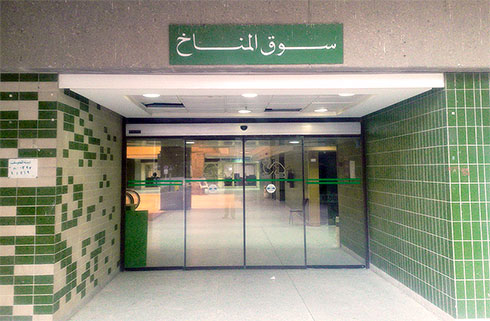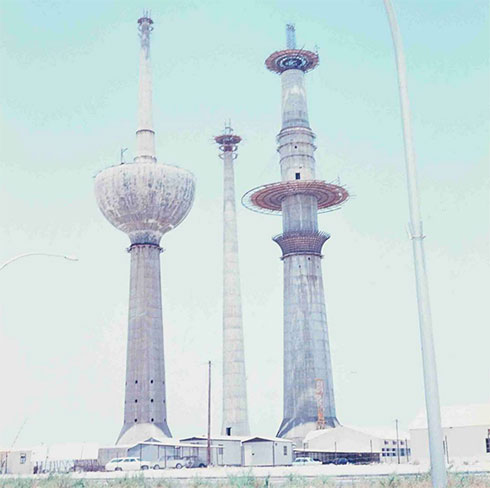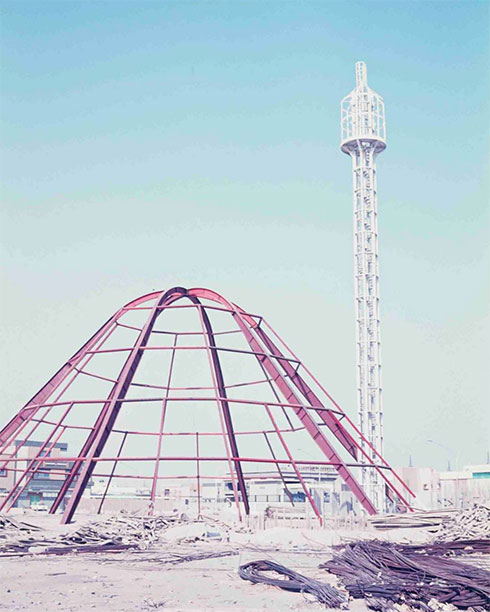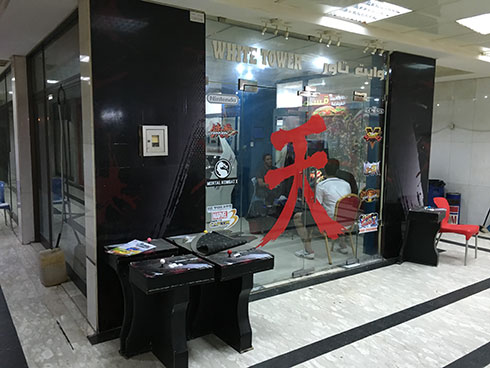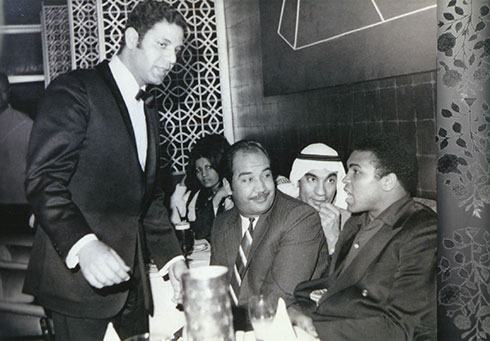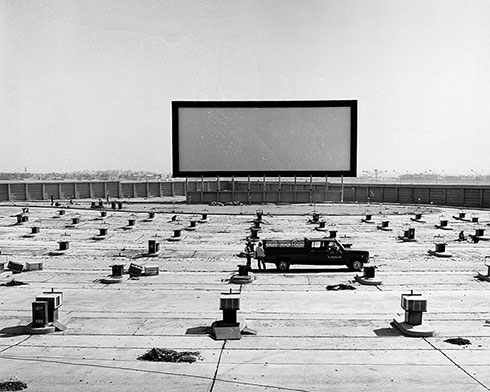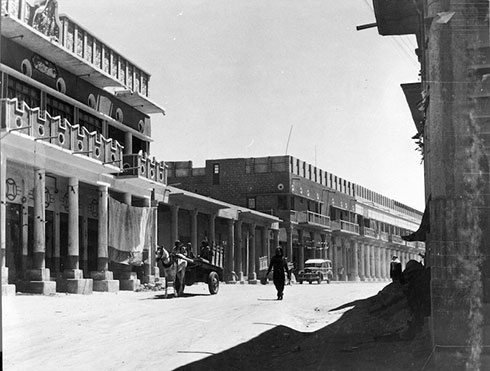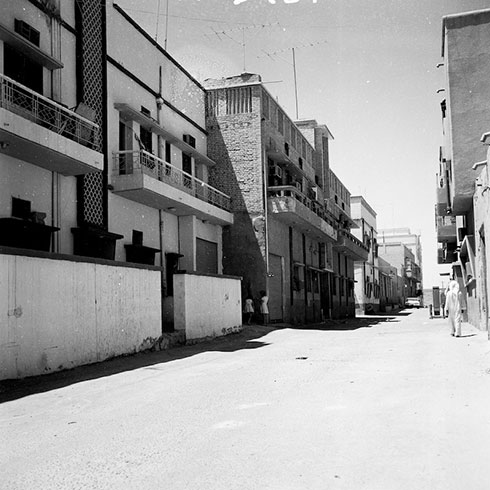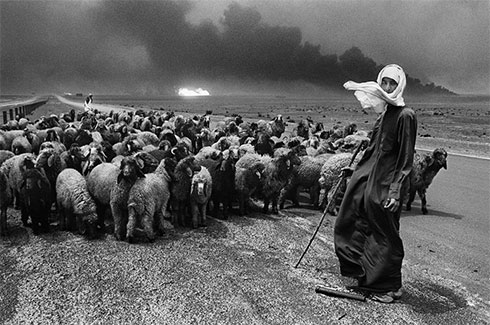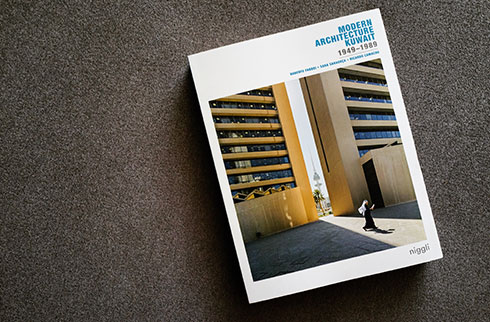
Yesterday evening I was invited to the launch of the book “Modern Architecture Kuwait 1949-1989” that was held at Dar al-Athar al-Islamiyyah in Yarmouk. I really didn’t ask any questions about the event before I went since I’ve been wanting to get my hands on the book ever since I found out about it last year. So when one of the book authors invited me to the launch, I just went no questions asked. What I didn’t know was that there was going to be a presentation by Mr. Khalid al-Essa, the former Minister of Public Works and Dr. Ibrahim al-Shaheen, the former General Director of Public Authority of Housing and former Minister of Municipal Affairs. Both those presenters were around and involved during Kuwait’s architectural rise and once their presentation was over they took part in a panel discussion.
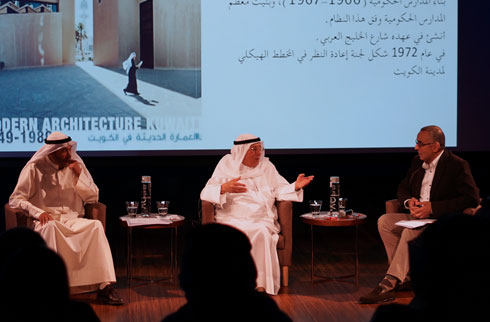
For those of you that have following the blog for awhile now you already know my obsession with Kuwait’s past and so I felt extremely lucky to be in attendance last night listening to the stories of how Kuwait went from mud buildings to having world renowned architects like Kenzo Tange, Jørn Utzon and I. M. Pei involved in local projects. Listening to the two of them talk last night reminded me again how truly young Kuwait is.
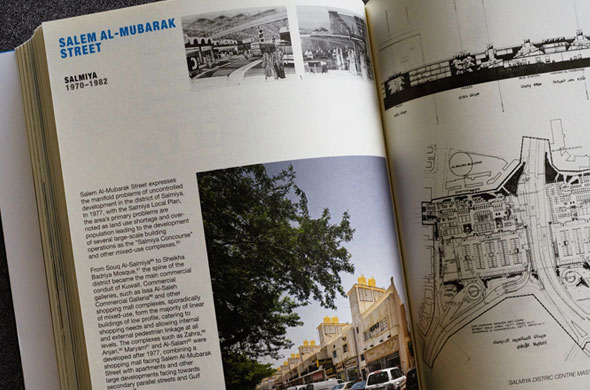
The book “Modern Architecture Kuwait 1949-1989” is a combined effort by Roberto Fabbri, Sara Saragoça Soares and Ricardo Camacho. It involves over two years of investigative research as well as gorgeous photography taken by the gifted architectural photographer Nelson Garrido who travelled across Kuwait to document over 150 buildings that are featured in the book. The buildings are divided into four categories:
Specimens I – building as infrastructure: 1949-1960
Specimens II – building as national identity: 1961-1979
Specimens III – building as cityscape: 1971-1979
Specimens IV – building as programme: 1980-1989
As you can imagine, the book if fairly thick but with the amount of constant demolishing of old buildings taking place in Kuwait, its important to document as many buildings as possible before it’s too late.
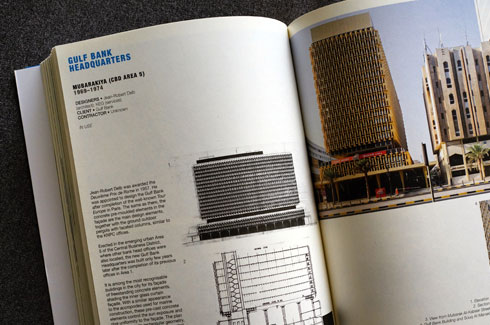
The book costs KD22 and is available on Amazon [Link] and also at the Dar al-Athar al-Islamiyyah bookshop in Yarmouk [Map]. If you have the slightest interest in architecture, design or Kuwait’s past then you should definitely get one.
This morning the architectural and design magazine Dezeen ran a piece on the book along with around 20 photos. Check it out, their article has a lot more details and the photos will give you a general idea of what to expect inside the book. Here is the [Link]
